wildfires
 With the many annual wildfires that continue to consume many of the western areas of the United States each year, we begin to wonder if there is any way to stop the madness. Of course, these days, firefighters knw about mitigation, “a series of steps that you can take to reduce the risk of a wildfire consuming your property. It includes assessing the risks around your property, recognizing the wildfire dangers and your responsibility in mitigating them, thereby creating a defensible space. It involves how and where you store materials around your property, considering the health of your trees to determine the need for trimming or removal, as well as designating 3 zones of protection (0-30’, 30-100’, 100’+) in your defensible space.” That’s how we would help to stop the threat of fire these days, but where did we even learn about this. I can’t say for sure, but we can look to the American Indians for some possible clues.
With the many annual wildfires that continue to consume many of the western areas of the United States each year, we begin to wonder if there is any way to stop the madness. Of course, these days, firefighters knw about mitigation, “a series of steps that you can take to reduce the risk of a wildfire consuming your property. It includes assessing the risks around your property, recognizing the wildfire dangers and your responsibility in mitigating them, thereby creating a defensible space. It involves how and where you store materials around your property, considering the health of your trees to determine the need for trimming or removal, as well as designating 3 zones of protection (0-30’, 30-100’, 100’+) in your defensible space.” That’s how we would help to stop the threat of fire these days, but where did we even learn about this. I can’t say for sure, but we can look to the American Indians for some possible clues.
For centuries, Europeans and Americans thought or at least claimed to have thought that the myth that Native Americans were solely hunter-gatherers who didn’t know how to make the most of the land was a reality. That really isn’t the case at all, but the story gave the White settlers, permission to have every right to take over large parcels of land, on the premise that it would have gone to waste otherwise. I’m sure it seemed like a 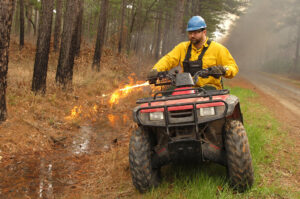 logical way to get more land, and the settlers didn’t see the Indians as really using the land anyway, but then did the settlers really know anything about the land. I don’t think so.
logical way to get more land, and the settlers didn’t see the Indians as really using the land anyway, but then did the settlers really know anything about the land. I don’t think so.
The idea that the Indians didn’t really know how to work the land is a total misrepresentation of the complex relationship between Indigenous communities and their land. In reality the Native Americans were actually farmers with extensive agricultural experience. In fact, it was the Pilgrims who struggled to survive after they arrived what is now Massachusetts. The locals…the Wampanoag were the ones who actually taught them how to farm. Strangely, one of the most innovative and effective land-management strategies of the Wampanoag people was “cultural burning,” which is igniting small, controlled fires that burn away old, dry vegetation to make room for new life. Cultural Burning sounds a whole lot like the fire mitigation practices of today. Of course, it is different, but in some ways, it is also the same. While the exact steps are not the same, the outcome can be very much the same.
Cultural burning reduced the chance of large fires that would kill people and food sources, including the animals that the Indians hunted, and the natural food sources they depended on. When we neglect fire mitigation practices, we open the area up to highly dangerous fires that destroy homes and kill people every year. The fire 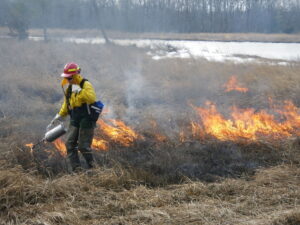 mitigation practices are different these days, but just like the protections the Indians used, the current fire mitigation practices could save lives, if they were properly carried out. The result of improper fire mitigation or even a ack of fire mitigation can be seen in the many annual wildfires we see in places like present day California…sadly. Though the practice of cultural burning was stopped in the 19th and 20th centuries, it’s coming back into practice in some areas, especially as conservationists understand its value in preventing more devastating, larger wildfires. Wildfires can’t spread in areas of controlled burns. When vegetation has already been burned away in controlled blazes, wildfires have fewer places to spread.
mitigation practices are different these days, but just like the protections the Indians used, the current fire mitigation practices could save lives, if they were properly carried out. The result of improper fire mitigation or even a ack of fire mitigation can be seen in the many annual wildfires we see in places like present day California…sadly. Though the practice of cultural burning was stopped in the 19th and 20th centuries, it’s coming back into practice in some areas, especially as conservationists understand its value in preventing more devastating, larger wildfires. Wildfires can’t spread in areas of controlled burns. When vegetation has already been burned away in controlled blazes, wildfires have fewer places to spread.
 These days there aren’t many people who haven’t heard of the Santa Ana winds, the California wildfires, or this year, the burning of Australia. We hear all about how global warming is the cause of the tragic fires and loss of both vegetation and life, human and animal. I agree with the analogy that the fires in Australia are horrific, but the cause…well, that has been determined to be, not global warming, draught, or lightning, but rather arson…ARSON!! Disgusting just isn’t a big enough word for what that is.
These days there aren’t many people who haven’t heard of the Santa Ana winds, the California wildfires, or this year, the burning of Australia. We hear all about how global warming is the cause of the tragic fires and loss of both vegetation and life, human and animal. I agree with the analogy that the fires in Australia are horrific, but the cause…well, that has been determined to be, not global warming, draught, or lightning, but rather arson…ARSON!! Disgusting just isn’t a big enough word for what that is.
I can’t imagine why anyone would choose to burn something…anything. You can call it a sickness, and maybe it is, but that cannot be an excuse. If we allow such an excuse, more and more people will use it, take out their frustrations on things around them, and then expect to be excused because they are “sick.” At this point, firefighters are battling wildfires across Australia. Meanwhile, the police in New South Wales have arrested 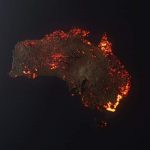 dozens of people for offenses related to fires, including 24 for deliberately lighting fires and three for looting fire-ravaged communities. There is also a story saying that 183 to 200 people are suspected of “fire-related offenses since November 8th, including for ‘allegedly discarding a lighted cigarette or match on land,’ but no verification as to the exact charges being lodged.
dozens of people for offenses related to fires, including 24 for deliberately lighting fires and three for looting fire-ravaged communities. There is also a story saying that 183 to 200 people are suspected of “fire-related offenses since November 8th, including for ‘allegedly discarding a lighted cigarette or match on land,’ but no verification as to the exact charges being lodged.
It is sad that the most common motive for wildfire arson is crime concealment. Fires are set for the purpose of covering up a murder or burglary or to eliminate evidence left at a crime scene. Fires have also been known to be set to further social, political, or religious causes. The fire set to cover up a crime, while horrific, is at least explainable, but fires set for political, social, or religious reasons is completely disgusting. There is just no excuse for the loss of homes businesses, and lives, human and animal, that could excuse such destruction. One fire, set to cover up a crime is reasonable, though disgusting, but these are all over Australia. And while one 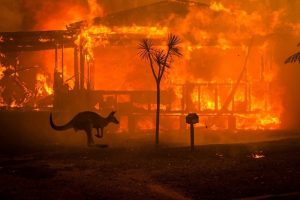 person might be a “sick” arsonist, to find 24 to 200 “sick” arsonists, is not even possible. The other thought that makes me so mad I could scream, is that even if this is socially, politically, or religiously motivated, what is the point? What are they trying to prove? All I can say is, that I hope they find the people who did this and that they give them the maximum sentence possible. I don’t know Australian law, so I don’t know if they have the death penalty or not, but I think these people should get it, if they do. And if not, solitary confinement for the rest of their lives might…just might, be punishment enough, but I really doubt it.
person might be a “sick” arsonist, to find 24 to 200 “sick” arsonists, is not even possible. The other thought that makes me so mad I could scream, is that even if this is socially, politically, or religiously motivated, what is the point? What are they trying to prove? All I can say is, that I hope they find the people who did this and that they give them the maximum sentence possible. I don’t know Australian law, so I don’t know if they have the death penalty or not, but I think these people should get it, if they do. And if not, solitary confinement for the rest of their lives might…just might, be punishment enough, but I really doubt it.
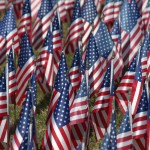 For years now, Bob and I have been coming to Custer, South Dakota in the Black Hills, for our Independence Day celebration. This year is no different…or is it? The heatwave that is hitting our nation right now, the droughts, and the wildfires that are the result of the droughts, are changing the face of Independence Day as we know it. For the first time in all the years we have been coming here, the 4th of July fireworks displays have been cancelled. Of course, we are disappointed, but we fully understand the reasoning behind it, and absolutely support the City of Custer, South Dakota, and their fire department in the decision they have made. The Black Hills have taken such a beating in recent years with wildfires and Pine Beetles, and we don’t want to see any more trees destroyed.
For years now, Bob and I have been coming to Custer, South Dakota in the Black Hills, for our Independence Day celebration. This year is no different…or is it? The heatwave that is hitting our nation right now, the droughts, and the wildfires that are the result of the droughts, are changing the face of Independence Day as we know it. For the first time in all the years we have been coming here, the 4th of July fireworks displays have been cancelled. Of course, we are disappointed, but we fully understand the reasoning behind it, and absolutely support the City of Custer, South Dakota, and their fire department in the decision they have made. The Black Hills have taken such a beating in recent years with wildfires and Pine Beetles, and we don’t want to see any more trees destroyed.
So, what will we do to celebrate our nations independence? We will go out to dinner, and 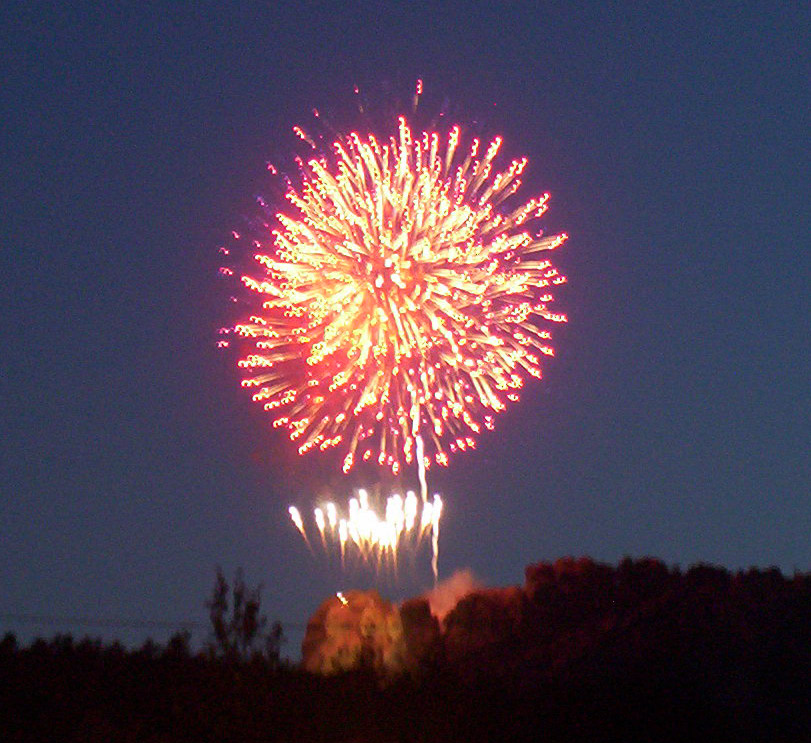 then probably watch some of the fireworks displays in areas of our country who can safely have the shows. Yes, we enjoy the displays, and it doesn’t seem like it can be the 4th of July without them, but as with other things in my life lately, I am finding that sometimes you have to set aside things that you thought were the most important, for things that simply are more important.
then probably watch some of the fireworks displays in areas of our country who can safely have the shows. Yes, we enjoy the displays, and it doesn’t seem like it can be the 4th of July without them, but as with other things in my life lately, I am finding that sometimes you have to set aside things that you thought were the most important, for things that simply are more important.
As with my mom and my in-laws, whose health is not the best right now, the health of these areas of our nation is far more important than the fireworks celebrations that we all love. I seriously doubt if the people of Colorado Springs are thinking much about fireworks, as they worry about whether or not they will have a home to come home to. So, I will continue in prayer for my fellow Americans whose homes are in the path of the multiple fires in our nation.

Today is Independence Day, whether we have fireworks or not. It is our nation’s birthday, and as a proud American, I will celebrate our nation’s birthday with a heart that is filled with gladness…gladness that I am a citizen of this great nation. I will honor those great men and women who have fought and died to give me the freedoms that I am so grateful for and that we Americans sometimes take for granted. I am forever grateful to each and every one of them. Yes, I will celebrate Independence Day…our nation’s birthday…even if it is without the rocket’s red glare.
 The summer of 2012 could very well be known as Wildfire Summer. June has brought record high temperatures and more wildfires than ever before. Colorado Springs lost at least 350 homes in one neighborhood. At least one fire fighting plane has crashed killing most of the people on board. Tens of thousands of acres have been burned. Whole forests and wilderness areas close to being wiped out. It is such an awful situation. Rain seems to only exist in the areas that need it the least…like Florida. Each day I pray for rain for the areas that need it so badly, and for comfort for those who have lost so much.
The summer of 2012 could very well be known as Wildfire Summer. June has brought record high temperatures and more wildfires than ever before. Colorado Springs lost at least 350 homes in one neighborhood. At least one fire fighting plane has crashed killing most of the people on board. Tens of thousands of acres have been burned. Whole forests and wilderness areas close to being wiped out. It is such an awful situation. Rain seems to only exist in the areas that need it the least…like Florida. Each day I pray for rain for the areas that need it so badly, and for comfort for those who have lost so much.
If the summer of 2012 is Wildfire Summer, then 2009 would have to be known as Pine Beetle Summer. So many trees were lost on mountains, forests, and wilderness 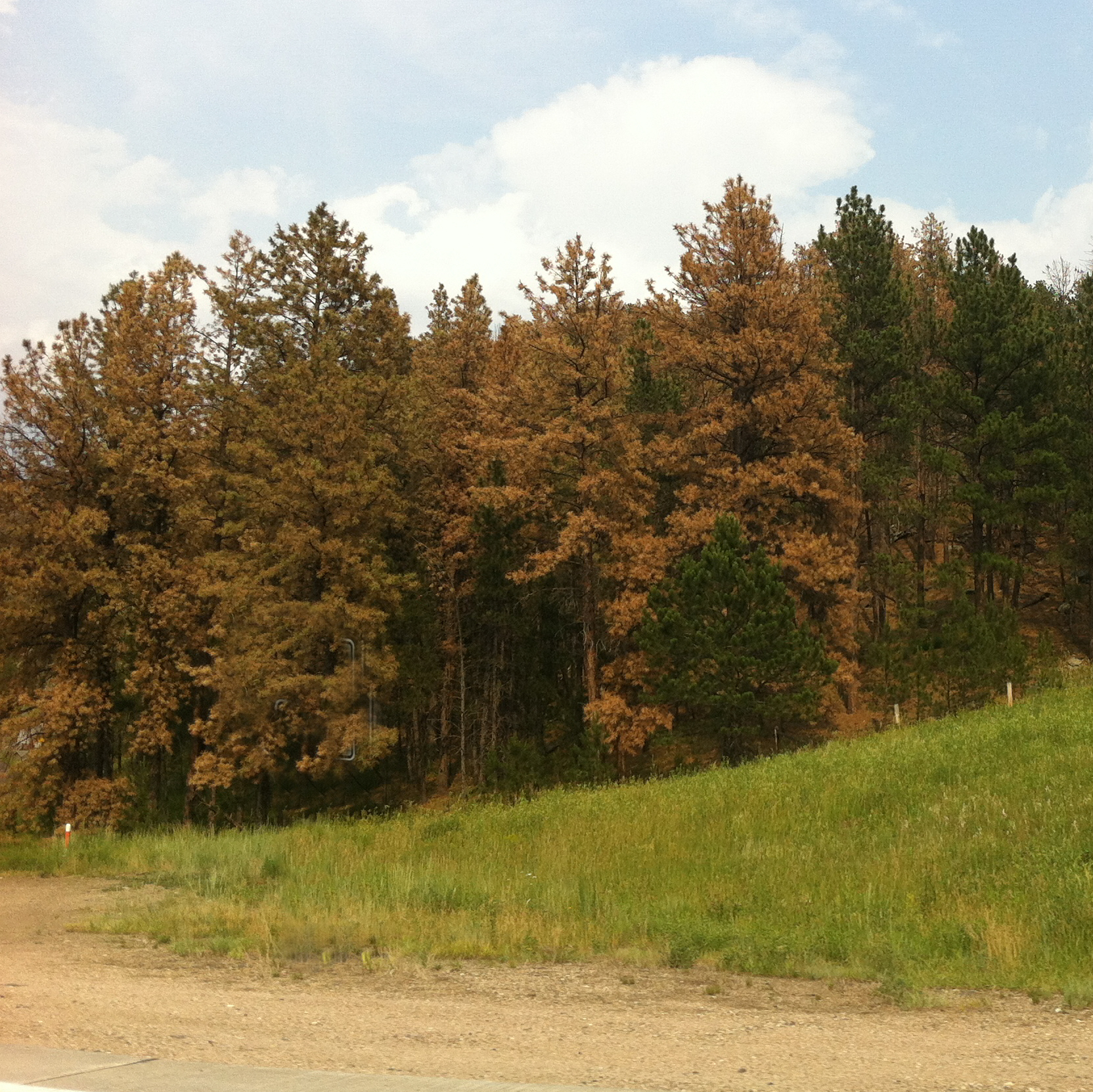 areas. As a hiker, the loss felt devastating to me. The beauty of the Black Hills that I love looks so scarred, and it makes me feel so very sad. It is hard to look at the dead trees when we were on the trails, without feeling the loss very deeply. Our annual hike to Harney Peak, though we will not be able to take it this year due to a lack of time to prepare, takes us right through the Black Elk Wilderness Area. I’m told that virtually all the trees in there have been killed by the Pine Beetles, and that makes my stomach churn. It is such a beautiful place…or was. What will it look like the next time I see it.
areas. As a hiker, the loss felt devastating to me. The beauty of the Black Hills that I love looks so scarred, and it makes me feel so very sad. It is hard to look at the dead trees when we were on the trails, without feeling the loss very deeply. Our annual hike to Harney Peak, though we will not be able to take it this year due to a lack of time to prepare, takes us right through the Black Elk Wilderness Area. I’m told that virtually all the trees in there have been killed by the Pine Beetles, and that makes my stomach churn. It is such a beautiful place…or was. What will it look like the next time I see it.
Then today, when we were on our hike, I saw something that made me realize that all is not lost. There in front of a stand of large trees was a row of smaller trees…the next generation of trees. It occurred to me that every year the pine trees drop their seeds as the pine cones mature. Those seeds fall to the ground, and somehow 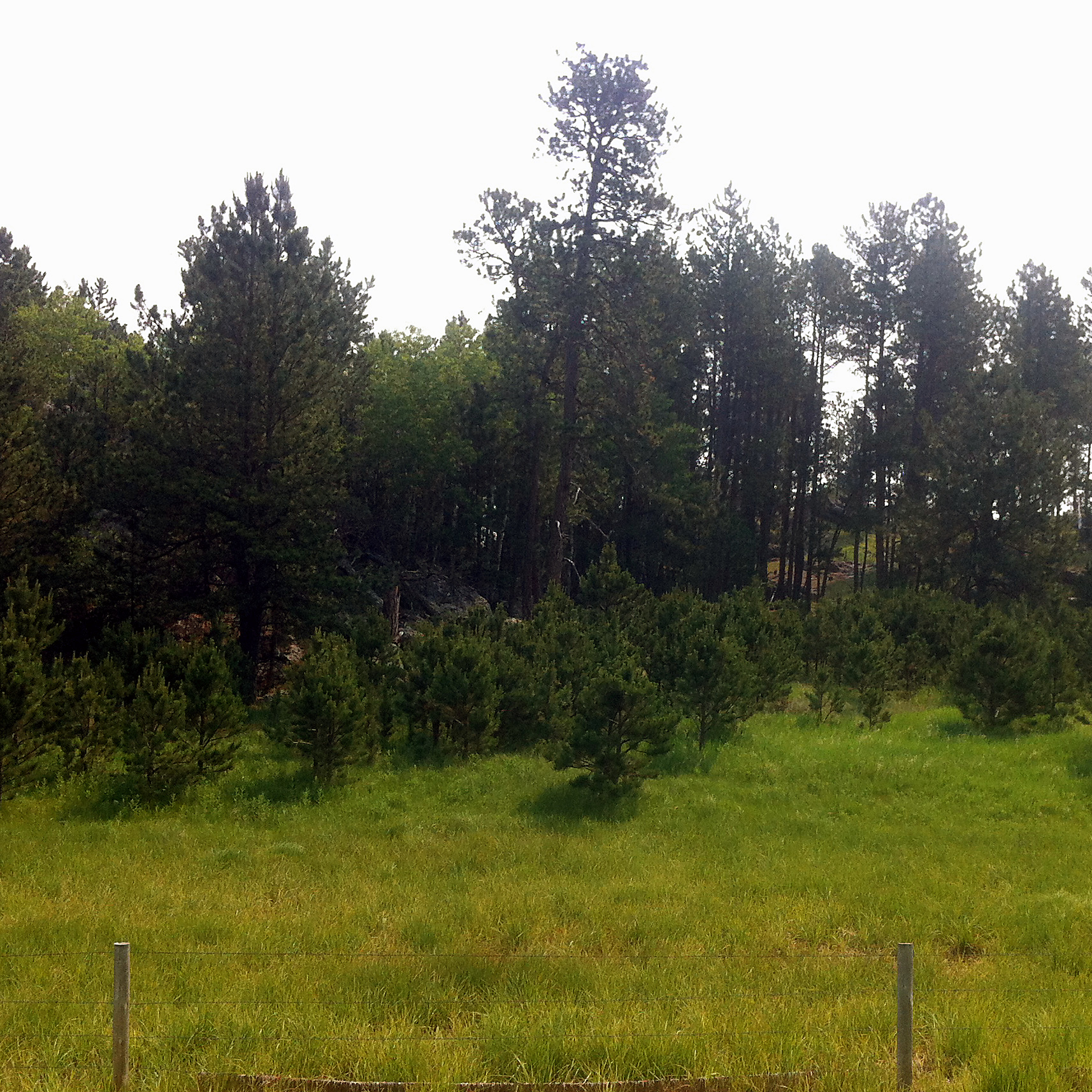 manage to get started in the process of growing a new tree. As each tree drops hundreds of new seeds every year, and those seeds form hundreds of new trees, the next generation of trees is born.
manage to get started in the process of growing a new tree. As each tree drops hundreds of new seeds every year, and those seeds form hundreds of new trees, the next generation of trees is born.
Looking around, I began to notice several different years of new trees that were different heights now. There were 4 or 5 different years worth of new growth that were visible along the sides of the road and trails. The forests are the same, of course. All around the downed and brown trees there is new growth. Yes it will take years to regrow it all, but it will return. Of that I have no doubt, because I have seen the hope of the next generation.

